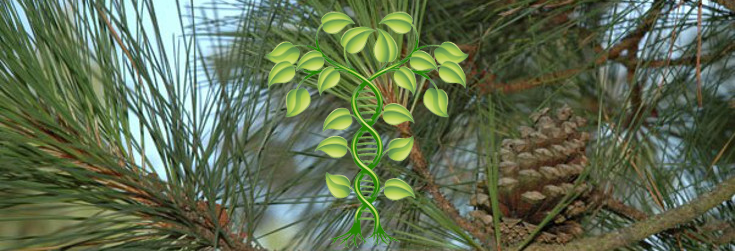New Genetically Modified Tree Approved by USDA with No Assessments
New Genetically Modified Tree Approved by USDA with No Assessments
Groups are outraged
Are you worried about genetically modified trees replacing what was once known a nature?
Are you worried about genetically modified trees replacing what was once known a nature? Protection groups fromaround the globe have unified to publicly condemn the US government for allowing the first genetically modified tree to be legalized with zero government or public oversight and zero environmental risk assessments . What’s more, the decisionwas made despite overwhelming public opposition.
A letter fromthe USDA to GE tree company ArborGen dated last August was recently exposedby scientist Doug Gurian-Sherman of the Center for Food Safety. It appears that the USDA, in all its glory, decided to allow ArborGen to pursue unregulated commercial cultivation of a genetically modified loblolly pine for altered wood composition. These trees could be planted anywhere – without you knowing.
“If these GE loblolly pines are released on a large scale in the US, there will be no way to stop them from cross contaminating native loblolly pines. This is deliberate, irreversible and completely irresponsible contamination of the environment with unknown and possibly devastating consequences. Forest ecosystems are barely understood, and the introduction of trees with genes for modified wood characteristics could have all manner of negative impacts on soils, fungi, insects, wildlife, songbirds, and public health. And all this for short term commercial profit.”
Andrew Kimbrell, executive director of Center for Food Safety, said:
“Forests are complex ecosystems, and GE trees could be very disruptive.Instead of protecting our precious natural forests, USDA is allowing ArborGen to make a complete end-run around the regulatory system with this GE pine.”
A means to increase productivity, including the increase of wood fibers and wood pellets needed for paper production. Restore certain diseased or damaged tree species. A means for toxic cleanup and bioremediation that will help to remove heavy metals, and reduce contaminated soils. Fast growing, non-GMO trees are not looked to as a resource. Bamboo, for example, is fast-growing and is a carbon sink. The level of disease in GMO-planted forests is not yet determined, and since GMO crops have led to super bugs and weed-resistant super-weeds, assuming that GMO forests would be any different is less than logical.There is no question that the genetically modified foods infiltrating our food supply could be causing negative health effects and compromising the quality of the ecosystem.But the genetic modification we’re working so hard to prevent goes beyond the food supply, as even trees are being genetically engineered. Some experts say that these genetically modified trees are even more environmentally-damagingthan GM foods .
In one documentary, Dr. Suzuki explains how the issues concerning genetic engineering revolves around using horizontal gene transfers, as opposed to vertical gene transfers, to create the genetic abominations. Vertical gene transfer deals with moving genes from the parent generation to offspring via sexual or asexual reproduction. Horizontal gene tranfers deals with injecting a gene from one species into a entirely different species – something that leads to unpredictable outcomes.
What do you think of introducing genetically engineered trees?
| About Mike Barrett: | |
| Mike is the co-founder, editor, and researcher behind Natural Society. Studying the work of top natural health activists, and writing special reports for top 10 alternative health websites, Mike has written hundreds of articles and pages on how to obtain optimum wellness through natural health. | |
Other Popular Stories:

Post a Comment